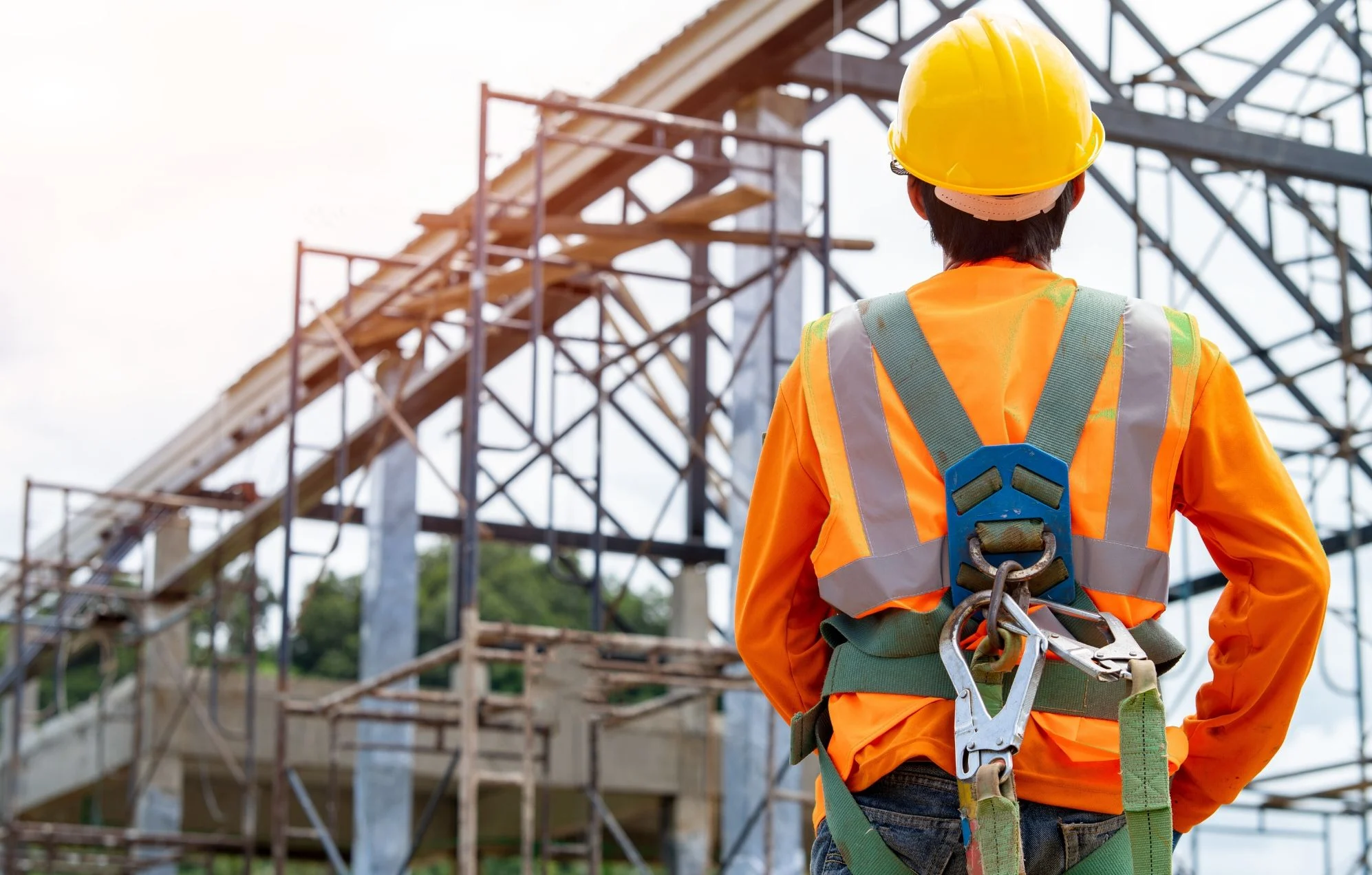Construction sites present many potential hazards, ranging from heavy machinery operations to handling hazardous materials. Ensuring the safety and well-being of workers is not only a legal requirement but also a critical component in the efficient and ethical management of construction projects. This blog will educate readers about construction site health and safety and recommend five best practices to mitigate construction health and safety risks.
Common Health & Safety Risks in Construction Projects
Construction projects are inherently fraught with various health and safety risks. Here are some common risks in construction projects:
Physical Risks:
- Falls from heights
- Struck-by accidents
- Caught in/between hazards
- Electrocution hazards
- Slips, trips and falls
- Heat stress and cold stress
- Noise exposure
- Vibration exposure
- Manual handling injuries
- Poor ergonomics
Chemical Risks:
- Exposure to hazardous substances such as asbestos, silica dust, lead, solvents and toxic chemicals
Biological Risks:
- Exposure to bacteria or fungi in soil during excavation
Importance of Mitigating Construction Health & Safety Risks
Mitigating health and safety risks in construction is crucial for several reasons. It ensures the physical and psychological well-being of the workforce, which is paramount to maintaining a productive and positive work environment. Effective safety management enhances a company’s reputation, making it an appealing choice for potential employees and clients who value responsible practices.
Additionally, reducing risks can significantly cut costs associated with accidents and occupational illnesses, including medical expenses, legal fees and compensation payouts. Compliance with legal standards is another critical aspect, as it helps companies avoid penalties and legal consequences associated with non-compliance.
Best Practices for Mitigating Construction Health & Safety Risks
1. Comprehensive Risk Assessments
Risk assessments are fundamental in identifying potential hazards on a construction site. By systematically evaluating the tasks, processes and environments, managers can implement controls tailored to the identified risks.
It’s important that managers receive training in this area, including programmes like IOSH Managing Safely, which familiarises them with their health and safety responsibilities and risk assessment protocols.
2. Strict Compliance with Regulations
Adhering to health and safety regulations is about legal compliance and fostering a safe work environment. This involves keeping up to date with the latest rules and standards set by government bodies.
Regular audits and inspections are crucial to verify compliance with these regulations and corrective actions should be taken promptly to address deviations.
3. CDM Training
Construction Design and Management (CDM) regulations aim to improve health and safety in the construction sector by ensuring that risks are properly managed throughout a project’s lifecycle. Every individual involved in construction projects should receive CDM training, which covers essential topics such as hazard identification, risk assessment, the legal responsibilities of duty holders and how a construction project works.
4. Technology Integration
Incorporating technology can significantly enhance safety management in construction. This could include wearable devices that monitor workers’ health metrics, software for safer project management and drones for conducting site inspections in hard-to-reach areas. Technology helps in early risk detection and improves the accuracy of safety audits and reporting.
5. Emergency Preparedness and Response
Having a well-formulated emergency response plan is vital. This plan should include procedures for dealing with various emergencies, such as fires, structural collapses and medical crises. Regular drills should take place to ensure that everyone knows their role in an emergency. Emergency equipment like fire extinguishers and first aid kits should be easily accessible and well-maintained.
Conclusion
Mitigating health and safety risks in construction is imperative for workers’ well-being and projects’ overall success. Construction companies can create safer work environments by implementing comprehensive risk assessments, ensuring strict compliance with regulations, providing robust training programmes, integrating technology and preparing for emergencies. These practices protect workers, enhance operational efficiency, reduce costs and uphold the construction industry’s reputation for safety and reliability.
Stay in touch to get more updates & news on Gossips!




